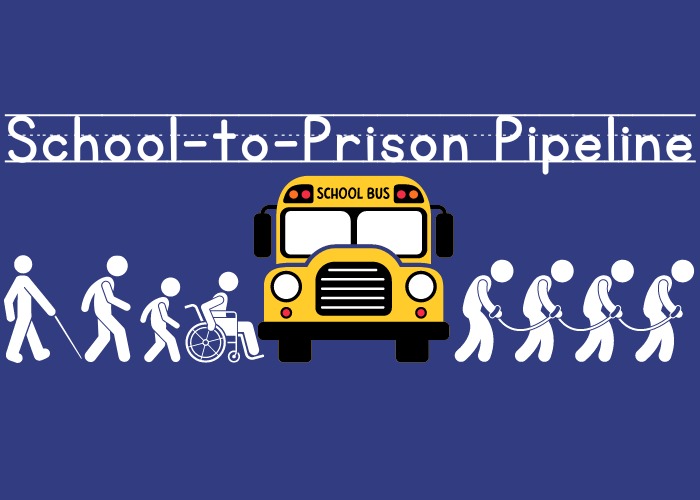
According to the NCD (National Council on Disability) Report Issued on School-to-Prison Pipeline, 85% of incarcerated youth have learning and/or emotional disabilities. As a result, these kids leave school in far higher numbers than their non-disabled peers and are at far greater risk of incarceration.
The heartbreak of so much unrealized human potential is tragic and the cost to society is high. These costs could be mediated with educational services customized to meet the needs of these young people, and technology is well suited to such customization.
Using the factor of 85% of incarcerated youth with disability, we concluded the following:
- In 2019, approximately 750,000 youth were arrested - 637,500 of those youth would have had a learning and/or emotional disability.
- In 2018, on an average day, 4,100 youth under the age of 18 were held in adult jails and prisons, where they are at higher risk of sexual assault – 3,485 of those youth would have had a learning and/or emotional disability.
According to the Pew Research Center, July 24, 2023, there are approximately 7.3 million students with disabilities in the United States and 4.6%, or 335,800 have emotional disturbance (ED).
- Over 50% of students with ED dropout of school, which means that at a minimum, 167,900 ED students are at risk of dropping out of school.
- Of those who dropout, 73% are in prison within 5 years. This means that at a minimum, 122,567 current students with ED in the United States are at risk of adjudication.
- If these percentages hold true, and the average prison sentence is 2.7 years, with an average per prisoner annual cost of incarceration being $45,771, then the 122,567 current students with ED in the United States will cost taxpayers more than $15 Billion to maintain them in prison. That's "15 Billion" ... every 2.7 years.
This same Pew Research Center report identifies 32.4%, or 2,365,200 students have specific learning disability (SLD). Of these students, 18.1% are at risk of dropping out of school and being at higher risk of incarceration. This equates to approximately 400,000 current students with SLD who are on track to being just another statistic.
Realizing the human impact behind these numbers is the first step to solving this problem. Many students with learning and emotional disabilities have complex needs, but very often have no one available to advocate for those needs. For this reason, they are often a forgotten population that we simply lock away because we don't know how to effectively address their educational needs.
The bottom line is this: one way or another, we will pay for these students. We will either pay for effective educational solutions, or we will pay to maintain them in prison. The cost to these students and to society at large is exponentially higher for the latter.
Policy makers and funding providers have the power to change the course of these students' lives. Let's work together to bring this change about so that one day the topic of the School-to-Prison Pipeline will only be a part of our history instead of an ongoing part of our future.
